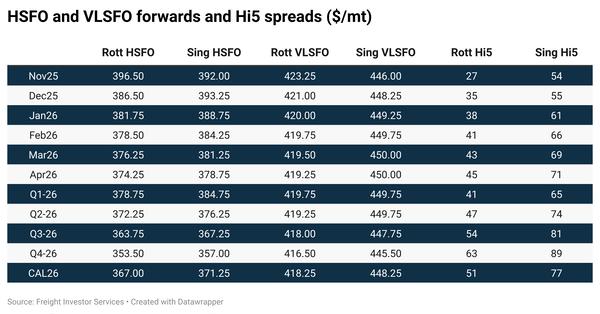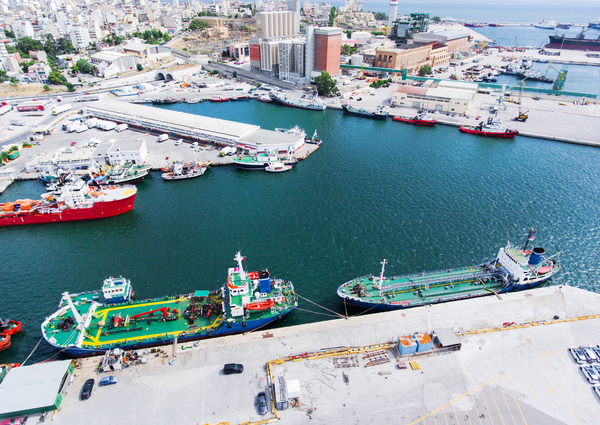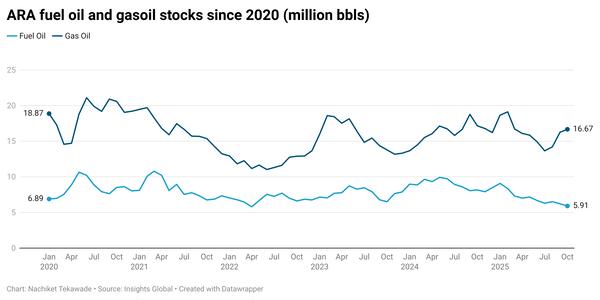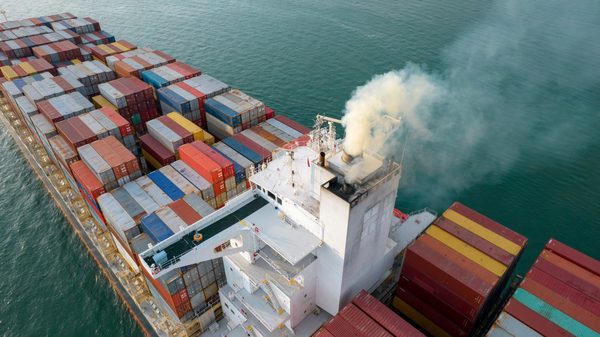The Week in Alt Fuels: Don’t waste the wait
It might be possible to find a silver lining in the IMO’s pause if shipowners, fuel suppliers and ports use this time to run pilots, test markets and prepare for what comes next.
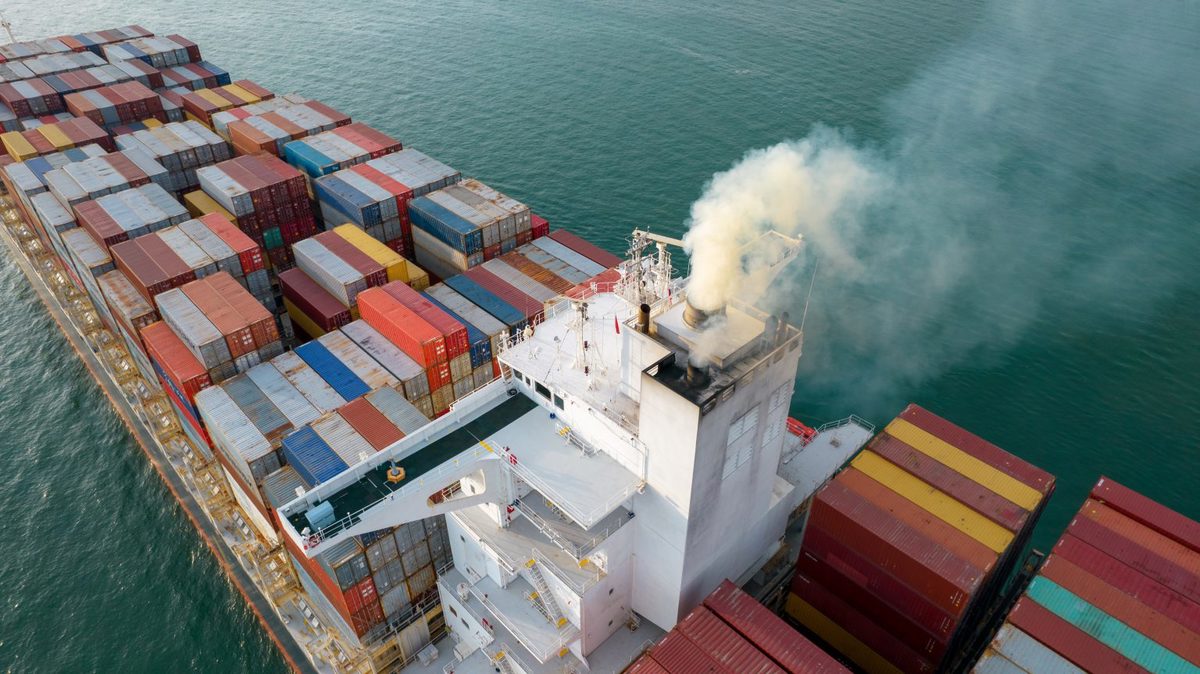 IMAGES: Getty Images
IMAGES: Getty Images
Even if the IMO eventually adopts its Net-Zero Framework, Transport & Environment estimates that it might not be implemented before 2030. The show might be delayed, but it hasn't been cancelled yet.
For the industry, this could be the chance to prepare for the future rather than to wait in the limbo the delay has created.
FuelEU Maritime and the EU ETS are still in force. That means shipowners still have EU’s regional regulatory targets to meet, even if the global framework is temporarily on hold.
Rather than viewing the IMO’s delay as lost time, the industry can use this global regulatory downtime - alongside compliance with existing regional rules - to test uncharted waters and strategise without immediate pressure to comply with IMO’s potentially tighter targets.
One obvious place to start can be efficiency. If the IMO finalises its rules next year, it could trigger something of a gold rush for efficiency upgrades. Improving vessel performance now can potentially help reduce the future cost burden.
And with the IMO’s Marine Environment Protection Committee (MEPC) also set to review and possibly amend the Energy Efficiency Existing Ships Index (EEXI) and Carbon Intensity Indicator (CII) requirements in January 2026, investing in performance upgrades can be one way to future-proof.
Shipowners, operators, ports and technology firms can also use the breathing space to carry out pilots - from fuels to bunkering to supply chains.
The GCMD has said it well. “Fundamentally, …nothing has changed in the industry’s ultimate destination: net-zero emissions. Regional efforts, such as EU regulations, remain in force and are expanding, and other regions will likely also step up to take leadership…”
First movers have already set the pace. Methanol, liquefied biomethane (LBM) and B100 have been used as marine fuels, making further testing easier.
Ammonia, hydrogen and ethanol are still being vetted, with some companies taking the first steps.
For instance, a Fortescue vessel has tested green ammonia propulsion. Maersk plans to trial 10% ethanol blended with methanol on its methanol-capable containership.
Engine makers including WinGD, J-ENG and Wärtsilä are developing ammonia engines. Hanwha Power Systems is developing ammonia gas turbines for ships to reduce pilot fuel use. WinGD is exploring ethanol combustion.
Several ports are also preparing for the new fuels. China’s Port of Dalian completed the world’s first green ammonia bunkering of a dual-fuel tugboat, Singapore is planning to start ammonia bunkering trials by 2026. Rotterdam is preparing for the first ammonia bunker deliveries in 2026-2027 and now has all safety procedures in place to allow bunkering “on a project basis” in operational settings.
This one-year pause can offer a chance to fine-tune existing alternative fuels, strengthen safety and performance standards for emerging options such as ammonia and ethanol and train crews for the wider operational realities of alternative bunkering worldwide.
Fuel suppliers can use this global regulatory lull to test market appetite through modular or small-scale models.
As an example, Liquid Wind's model to build 100,000 mt/year of integrated green hydrogen and e-methanol plants that can be replicated at multiple locations illustrates how producers can start small, measure costs and demand and scale up as demand increases.
The standstill in global regulation also gives companies space to test emerging mechanisms such as book-and-claim schemes, to assess how they might work globally or across sectors. Early trials could help determine whether these systems can create transparent, verifiable pathways for carbon accounting and be adopted on a broader scale.
UECC plans to keep expanding its use of alternative fuels, improve vessel efficiency and work with other shipping companies to "to share knowledge and accelerate the rate of decarbonisation for all," sustainability manager Daniel Gent said.
“As the geopolitical circus continues at the IMO, we remind ourselves that uncertainty doesn’t weaken direction - it reveals who had one to begin with,” Gent added.
In the same spirit, the broader industry can use this pause to build resilience, fine-tune ideas and make the transition a little easier if new regulations emerge, whether they are global or regional.
In other news this week, global LNG bunker sales are projected to reach 4 million mt this year, having already surpassed the 2.6 million mt recorded for all of 2024, according to Lansdowne Moritz.
Spanish energy company Repsol has signed an eight-year deal to supply renewable marine fuels to Norwegian Cruise Line in Barcelona. Repsol said it will supply biofuel to Norwegian Cruise Line's cruise ships calling at Barcelona from the 2026 summer season.
Ports of Melbourne and Shanghai plan to build a green shipping corridor to accelerate uptake of low-emission marine fuels along the Asia–Pacific trade route. The partners have not yet specified which fuels the corridor will promote, but biomethanol is likely to feature since project partners HAMR Energy and ABEL Energy have several production facilities planned in Australia.
By Konica Bhatt
Please get in touch with comments or additional info to news@engine.online
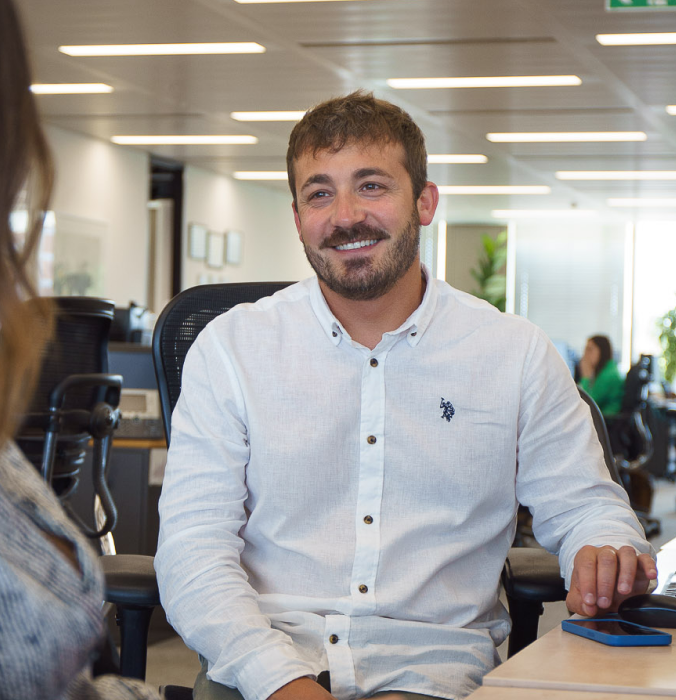
Contact our Experts
With 50+ traders in 12 offices around the world, our team is available 24/7 to support you in your energy procurement needs.

